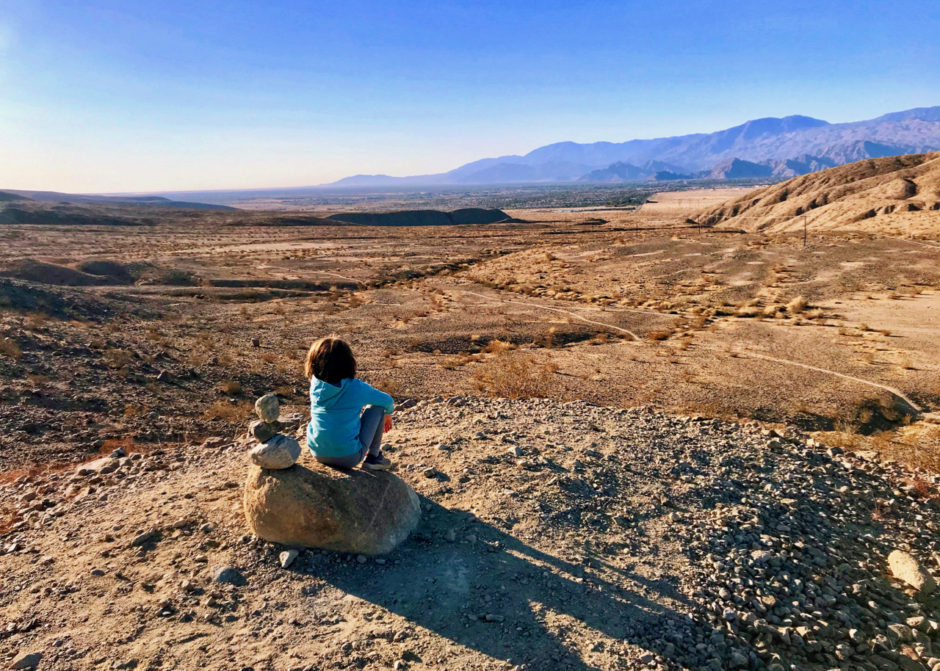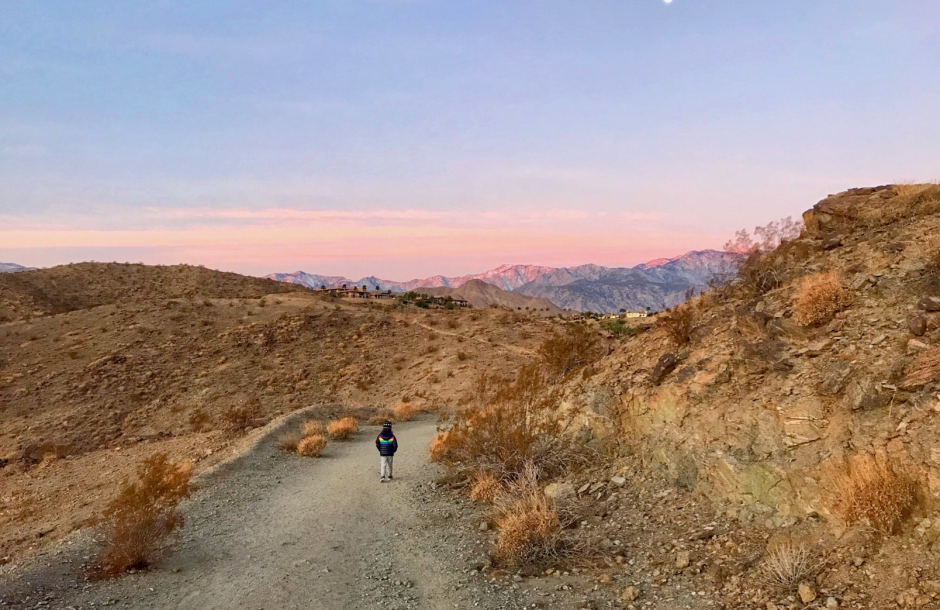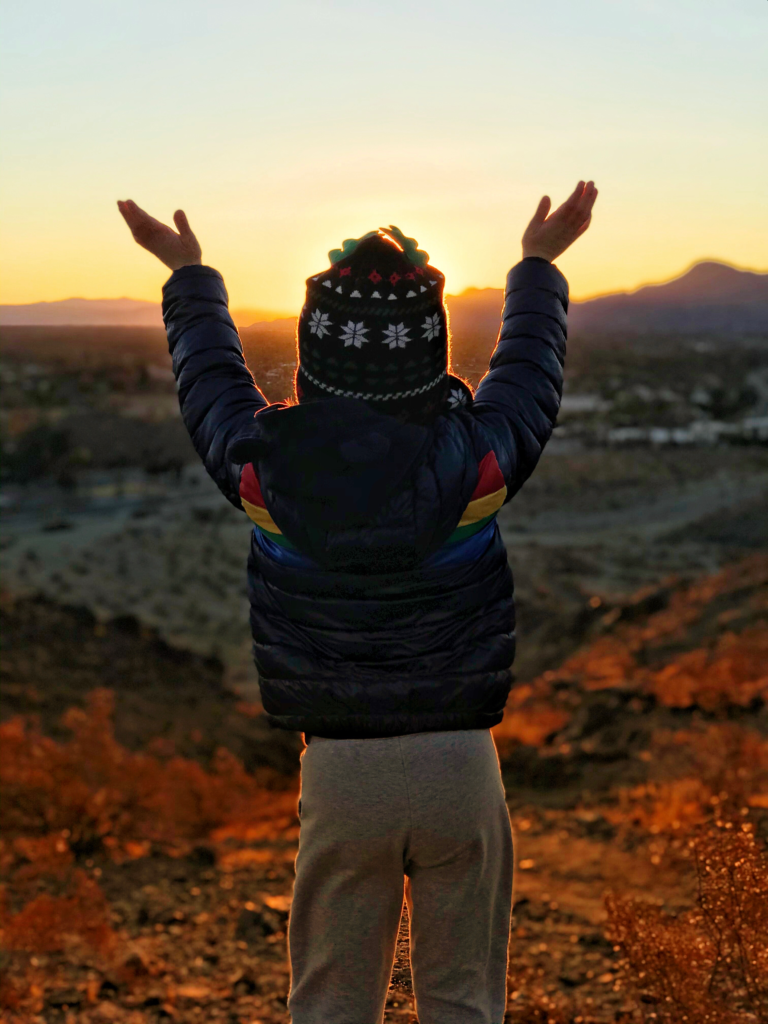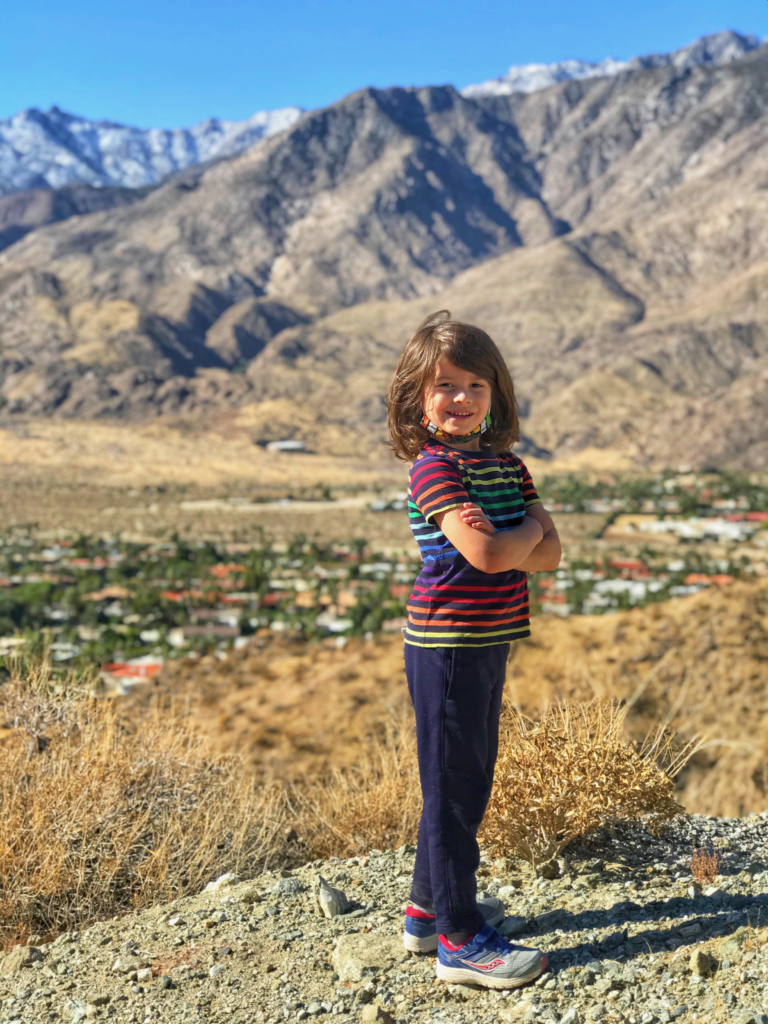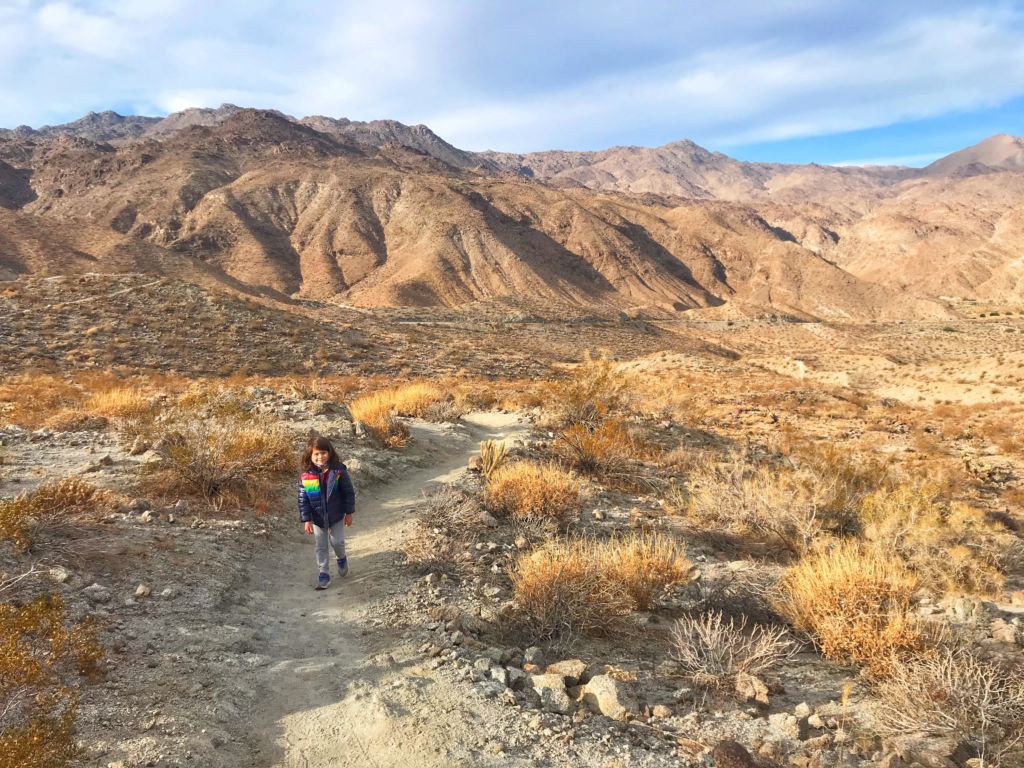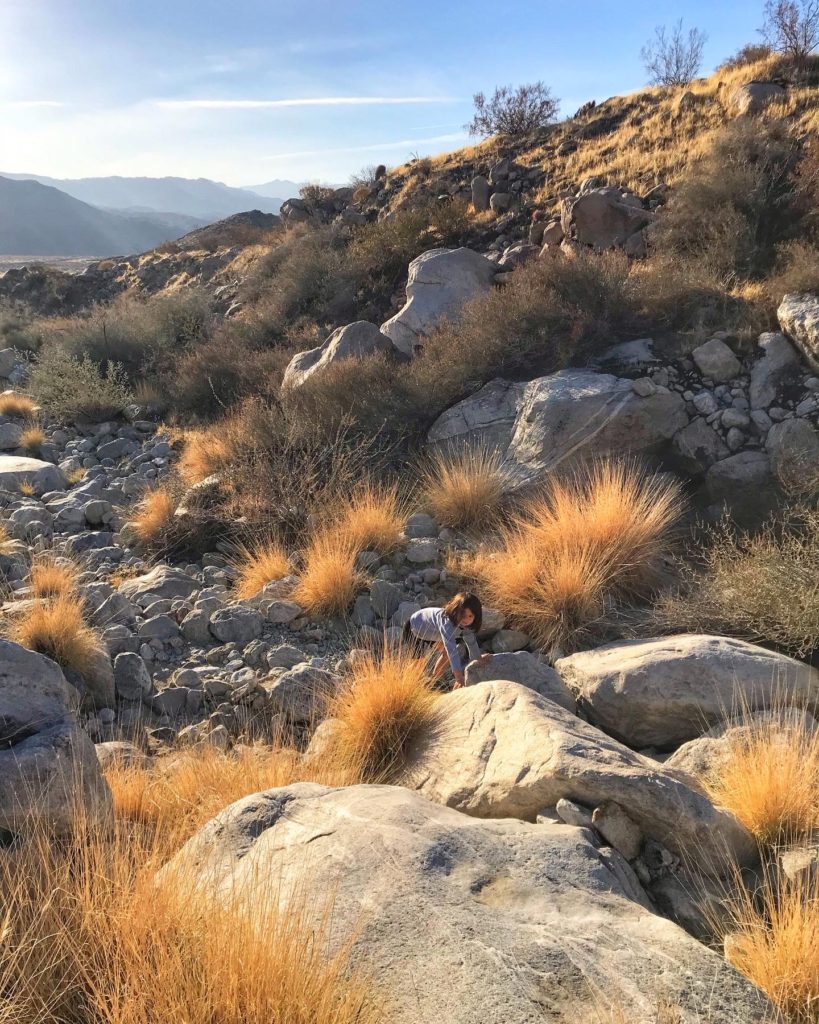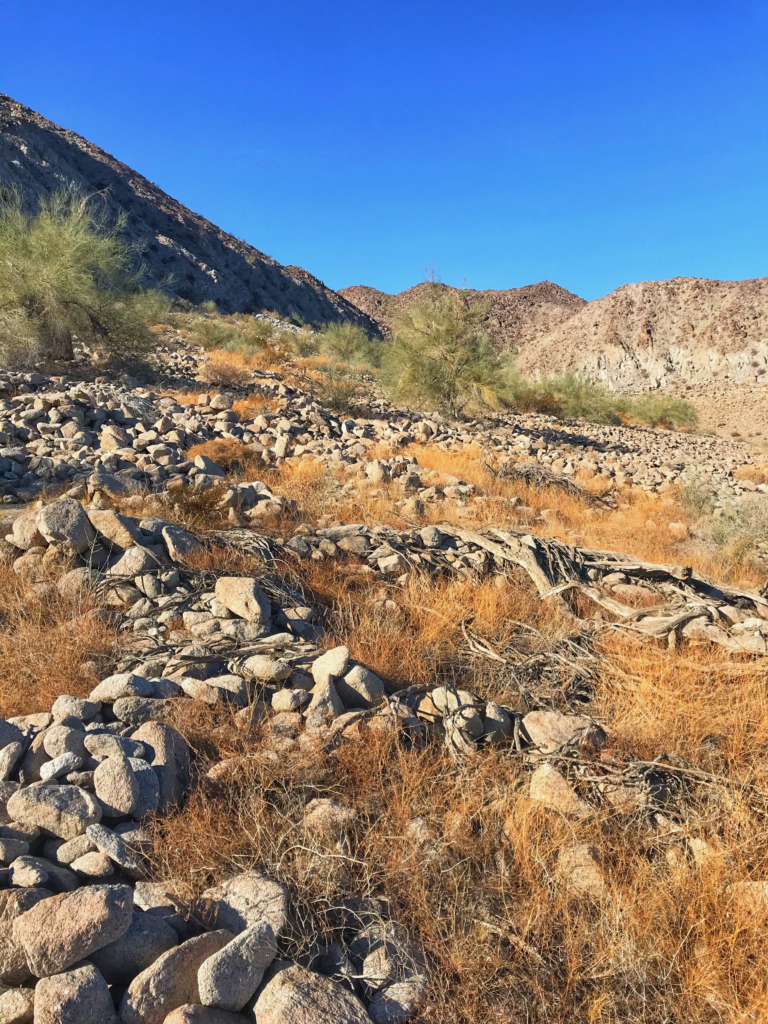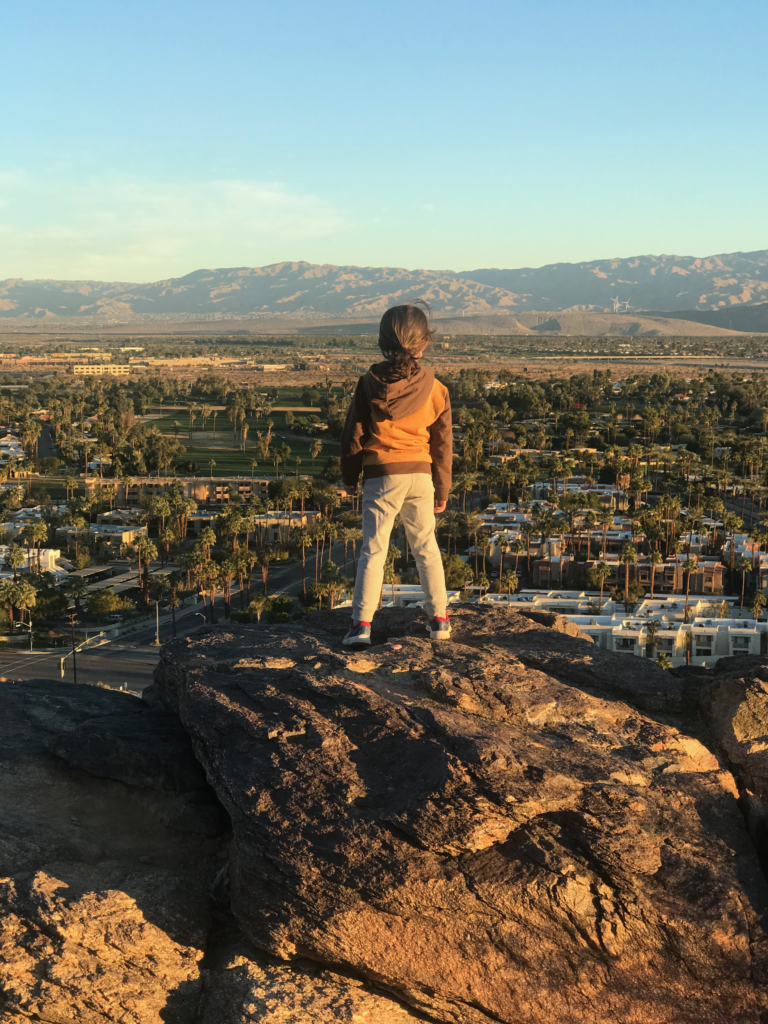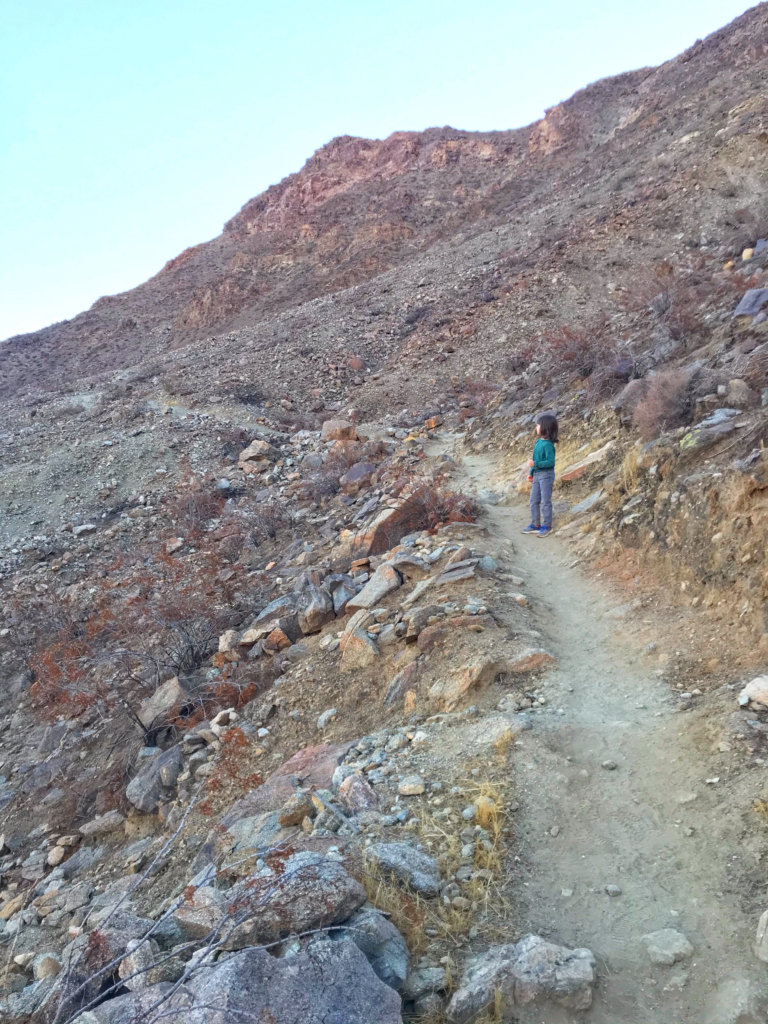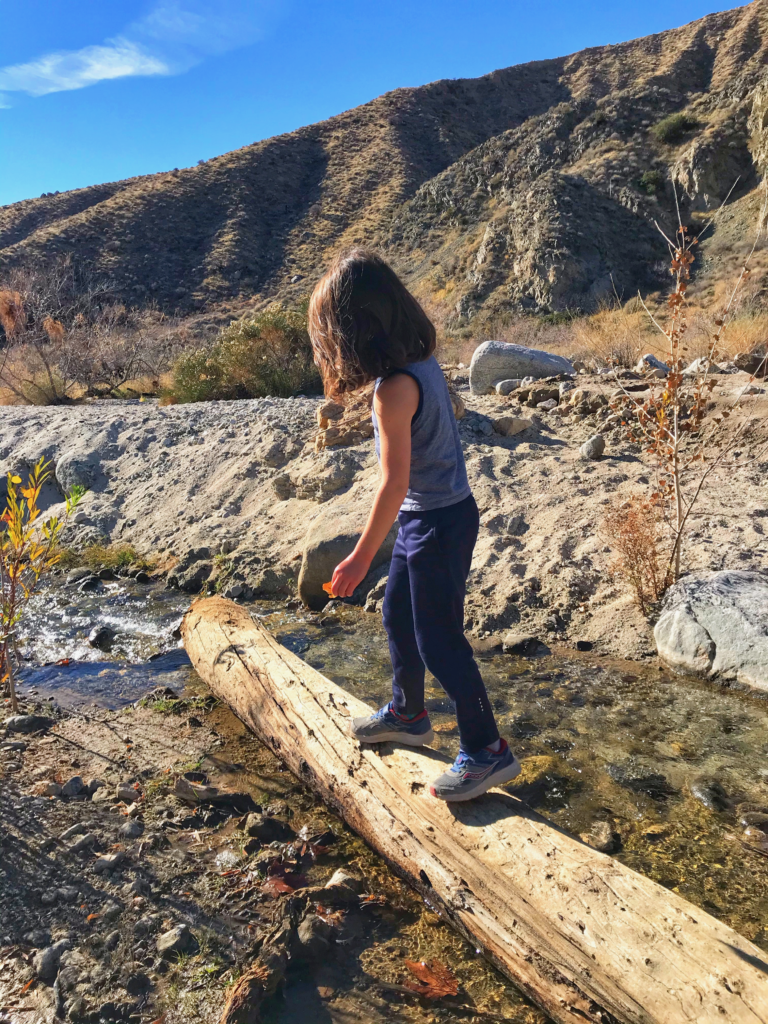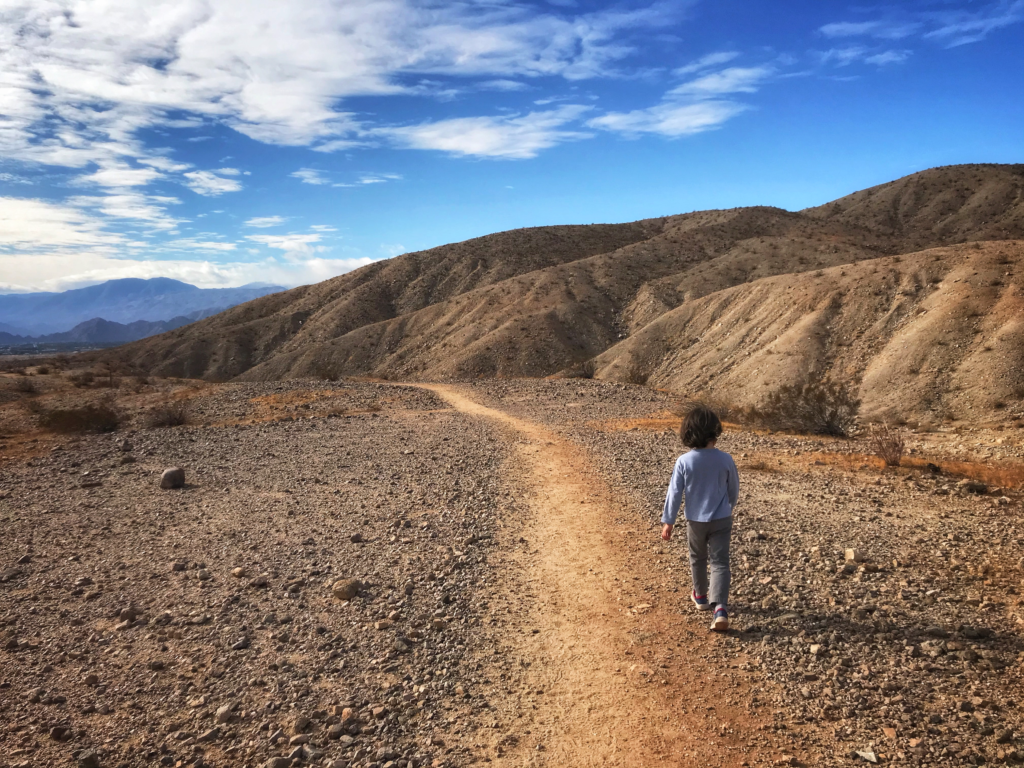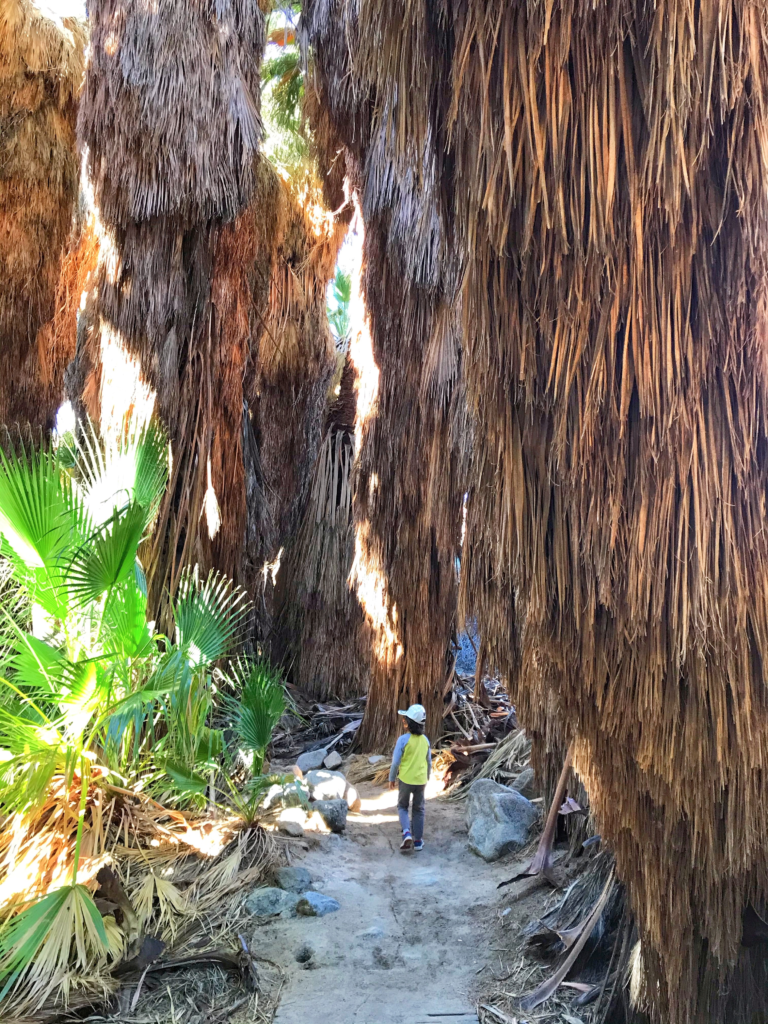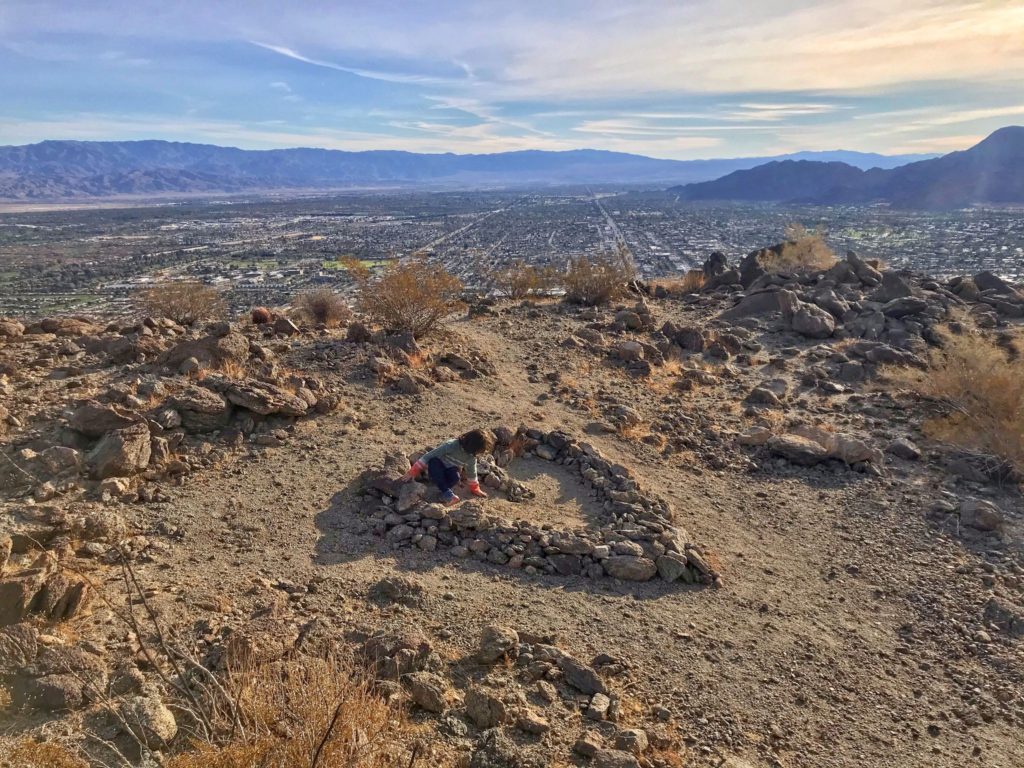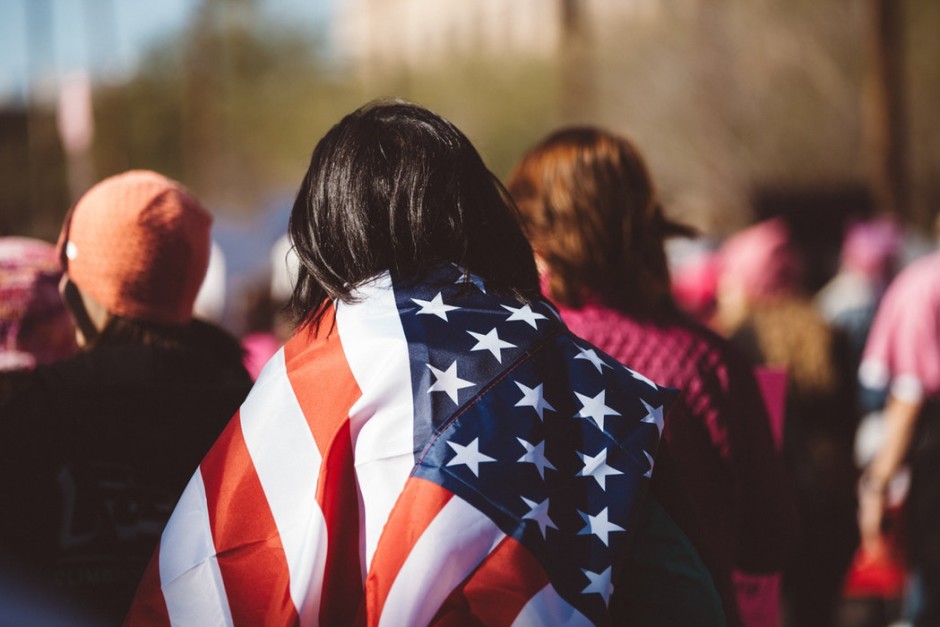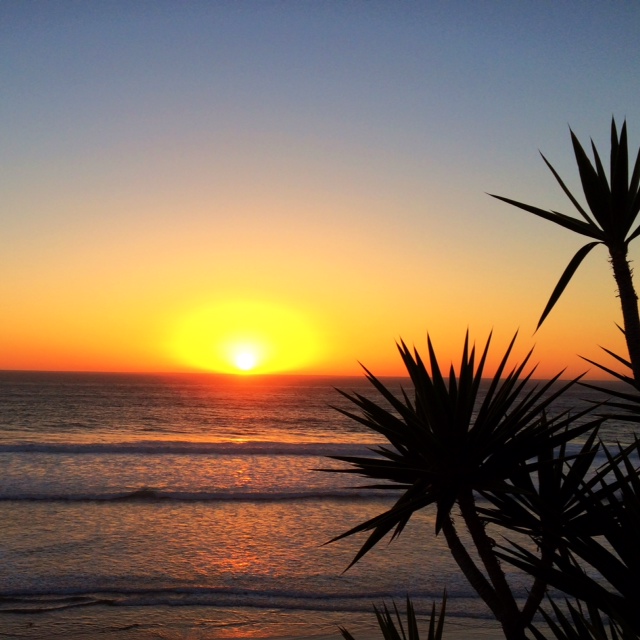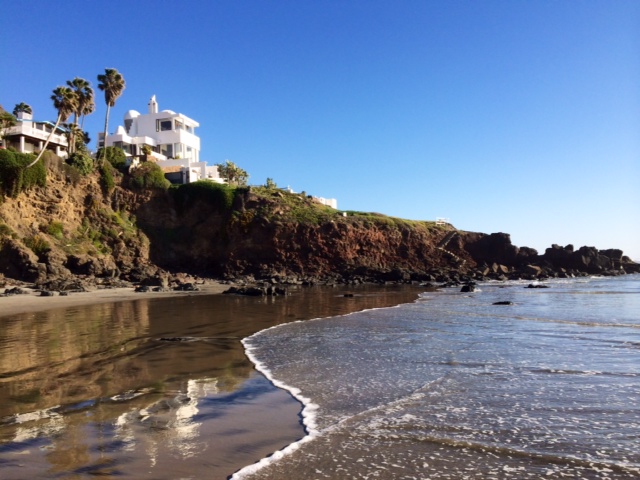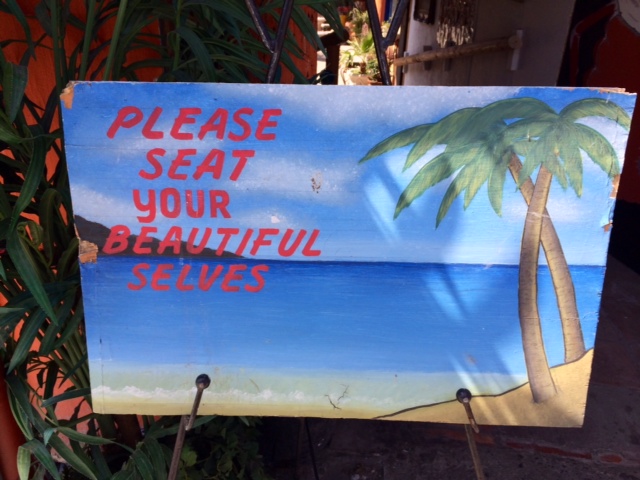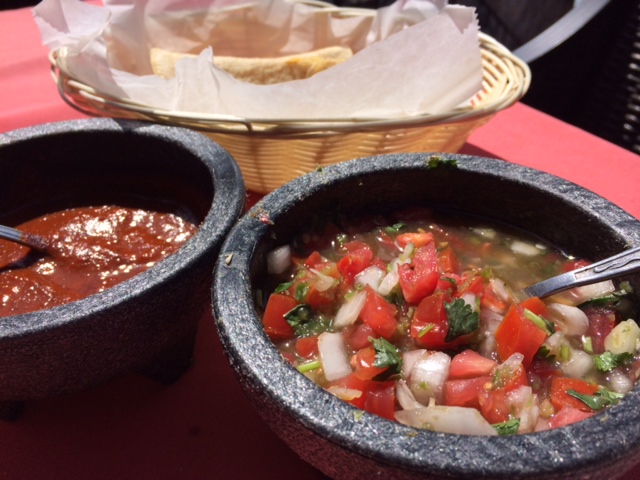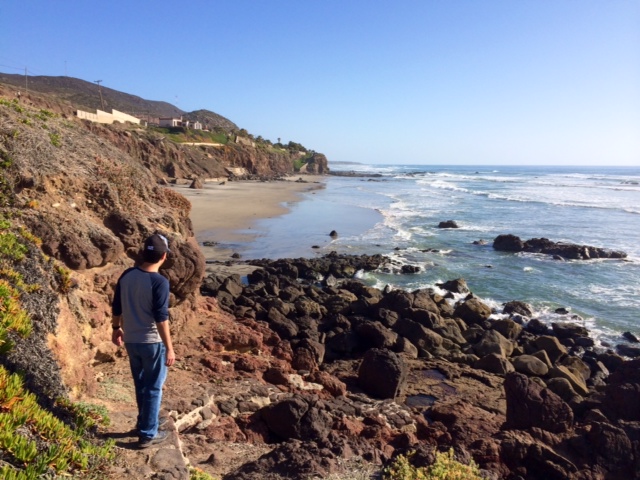This year I set a goal of taking 52 different hikes with my family. You can read Part 1 here, which is about our 11 hikes in January.
That brings us to February, one of the best hiking months in Palm Springs. It’s post-holidays, so the trails aren’t crawling with people, and it’s pre-summer, so the trails aren’t crawling with rattlesnakes. Perfection!
Here are the 8 hikes we did this month.
Keep in mind:
• These hikes are family-friendly, meaning they were good for my family. They are not necessarily stroller accessible or toddler-friendly.
• I’m strategic about when and where I hike. Some popular trails get heavy traffic throughout the day, and I don’t feel comfortable on narrow paths with people who might not be wearing masks. So I go early or late.
• Don’t take my distance as gospel. Hiking with a 6-year-old child involves a fair amount of wandering, so your mileage might vary.
• Do check check a website like AllTrails for current trail conditions. I always look the map to get an idea of the terrain, and I read the most recent comments for any relevant info.
• Please wear a mask when you encounter others on the trail.
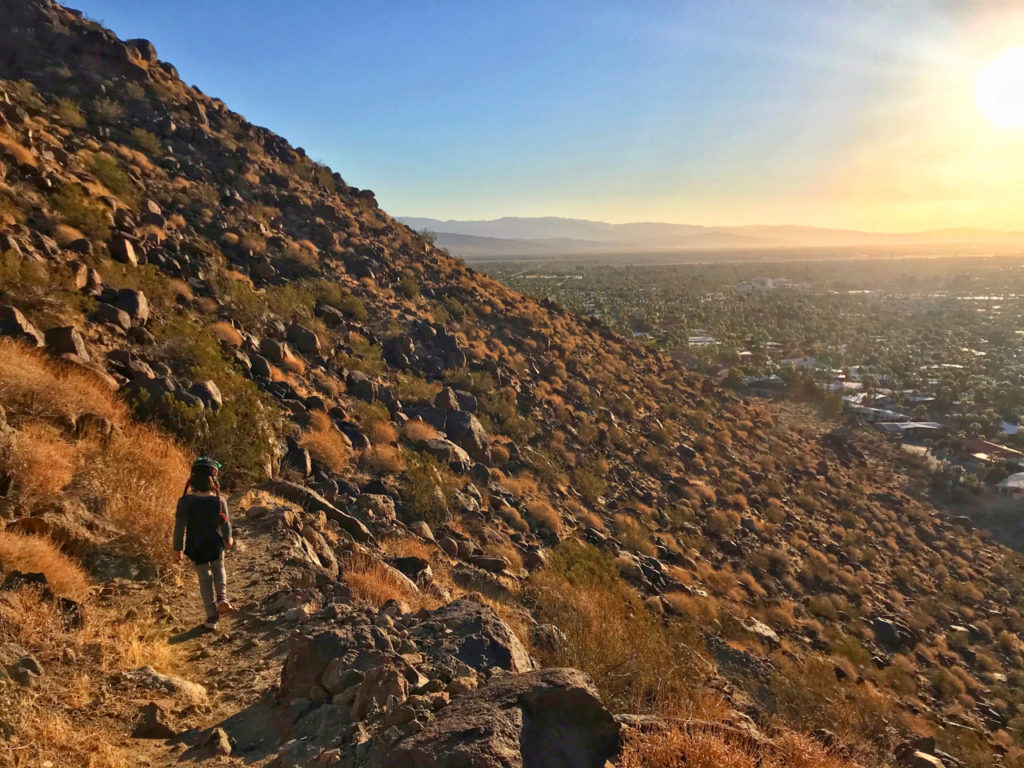
North Lykken to Falls View, Palm Springs • 6 miles
We accessed this via the trailhead on Cielo Road, which is located in my favorite Palm Springs neighborhood. From here the journey appears so charming and not at all like the brutal killer it is.
I kid. Kind of.
After a quick but steep climb, the trail leads you through Chino Canyon, which is an isolated and tranquil part of Palm Springs. It’s particularly dreamy when wildflowers are in bloom and the whole canyon looks like a screensaver.
Okay, here’s the killer part: The hike was pleasant out through the canyon but surprisingly strenuous on the return. I partially attribute this to a lack of snacks and an unseasonably warm February day, but wow. Just watch out for that. We should have turned back long before I turned into a hangry goblin.
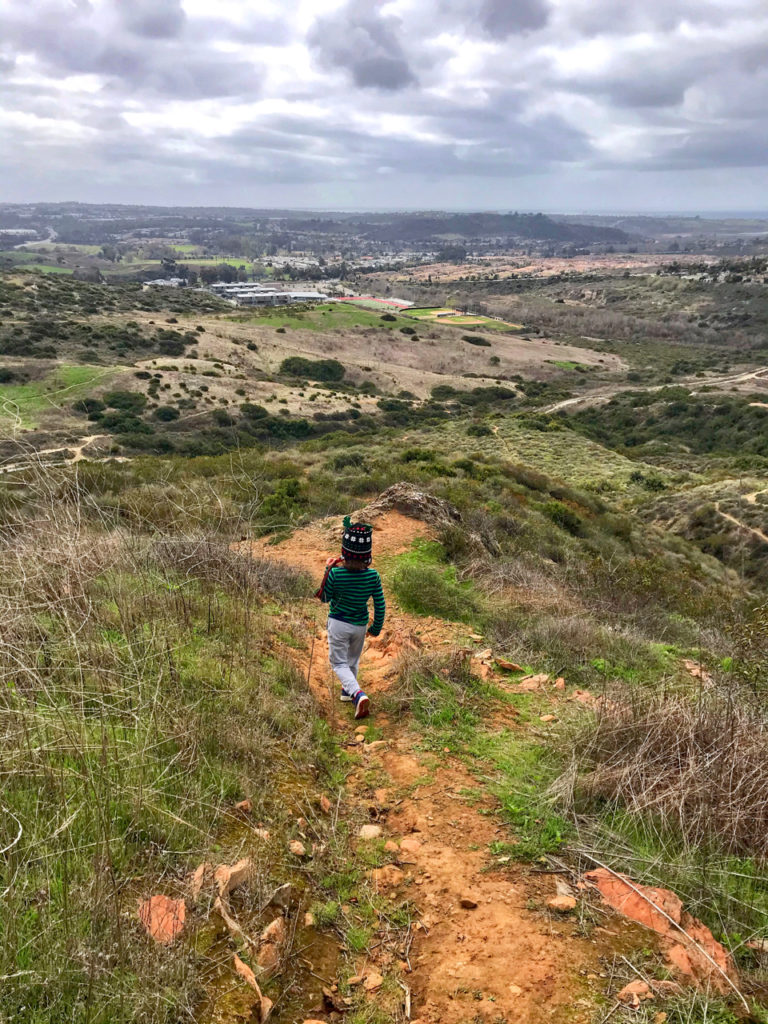
Lake Calavera Loop, Oceanside • 4.3 miles
We spent Presidents’ Day weekend in a remote yurt, which was wonderful and gave us new places to explore.
I really loved this trail system because it was a great mix of well-maintained, easy trails and wilderness with rock scrambling and overgrown parts. Also you can’t beat the excellent view from the top.
However, so few people were wearing masks that I wondered if Oceanside had defeated the virus and didn’t tell anyone.
The trail had heavy traffic at the beginning and end, but we were able to maintain good distance on offshoot trails in between.
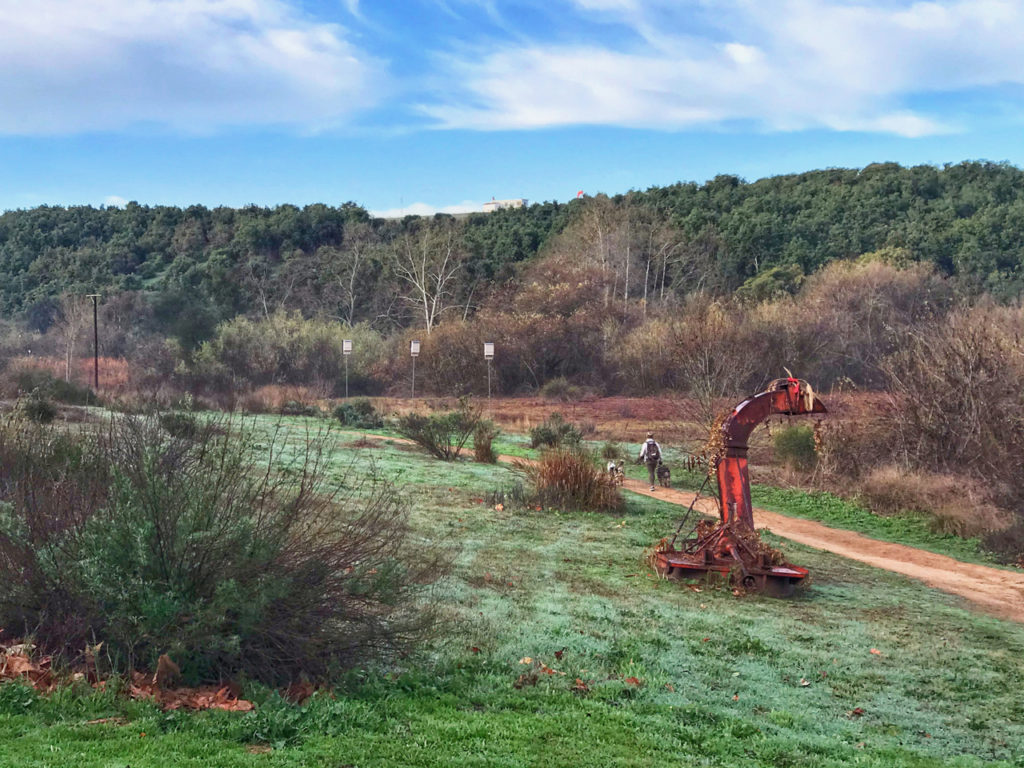
Los Jilgueros Loop, Fallbrook • 1.2 miles
A quick loop around a sweet nature preserve. It seemed to be a popular place for birders.
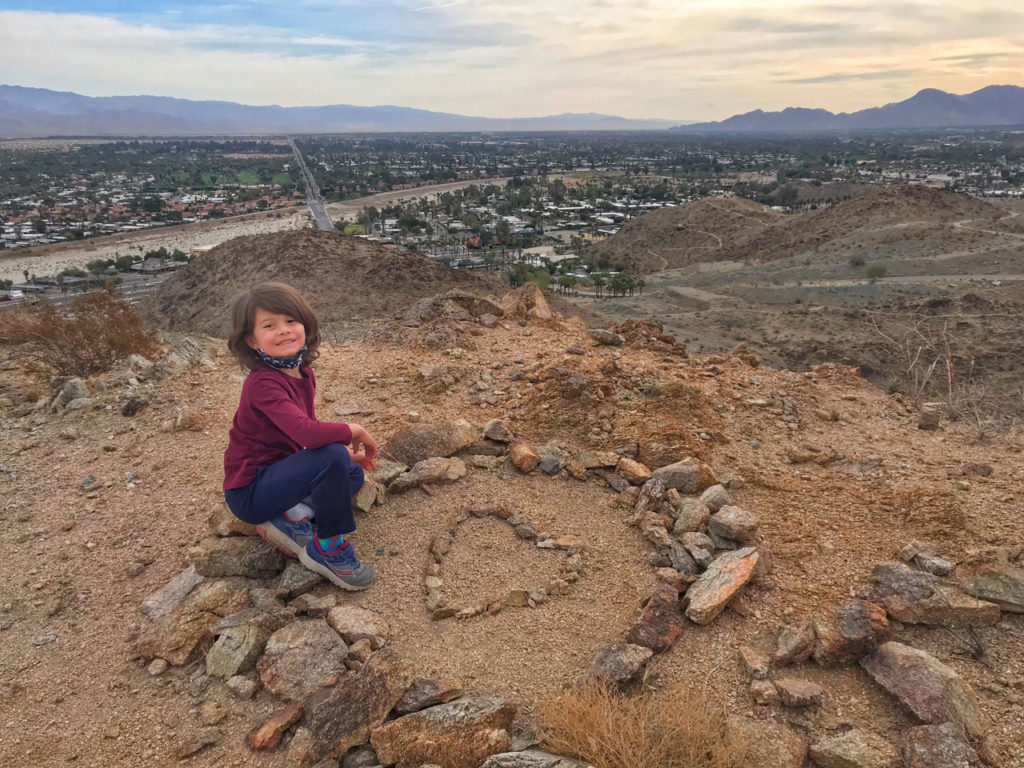
Roadrunner/Chuckwalla Loop, Rancho Mirage • 3.1 miles
A picturesque trail system that ambles through the mountains around the Ritz Carlton — a five-star view for free!
Aside: We didn’t make that rock heart that you see in the photo, because I teach Everest to leave only footprints. But he was happy to stumble upon it!
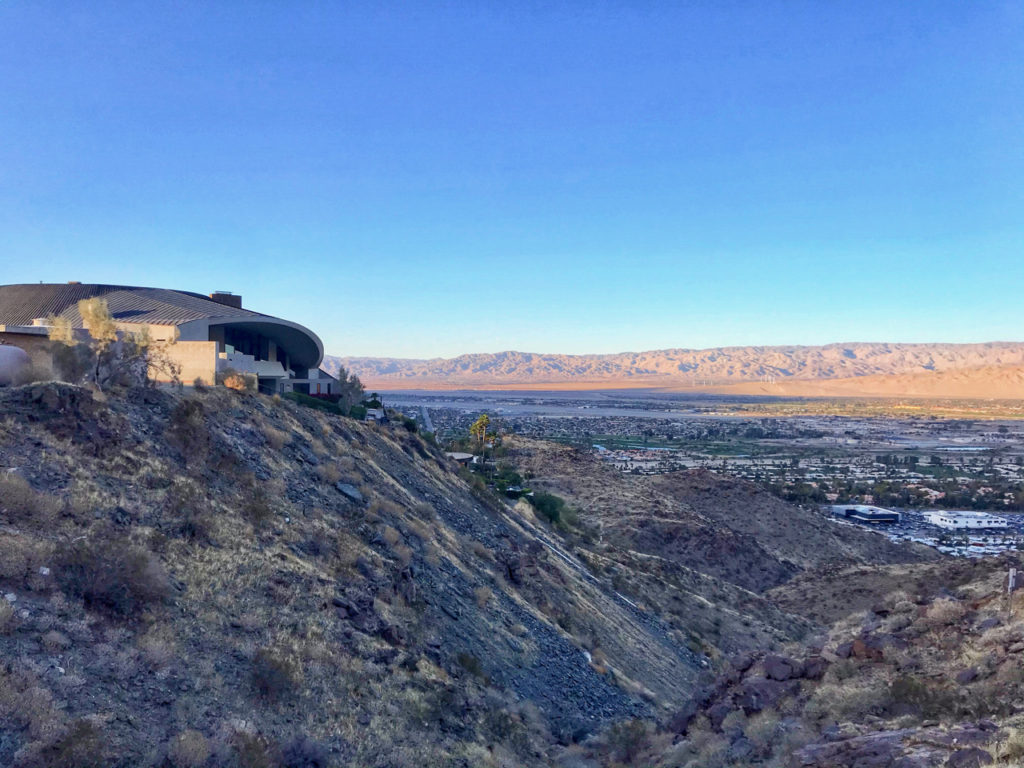
Araby Trail, Palm Springs • 3 miles
This trail takes you past the Bob Hope home, a mushroomy modernist masterpiece, and into the hills beyond the residence. It’s so fun, especially in the spring when the hills are lush and verdant. Also it holds some surprises. I won’t spoil them for you.
Continue toward Berns Trail Lookout for a longer loop, which we did not do.
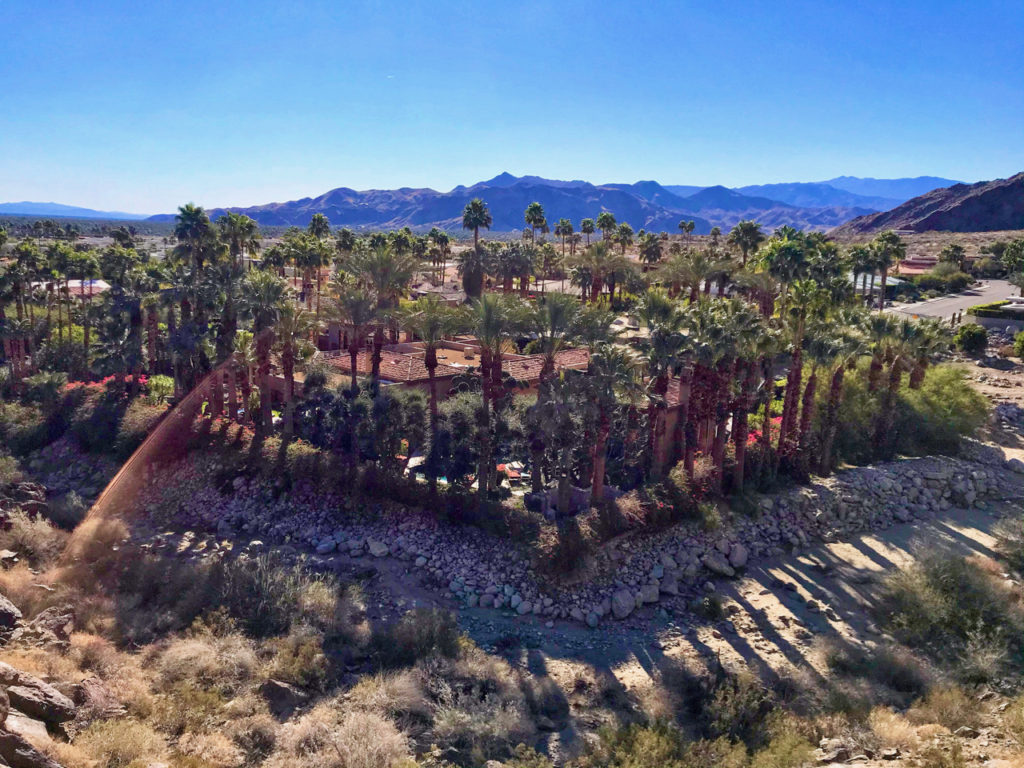
North Lykken Loop, Palm Springs • 1.4 miles
There are a lot of ways to access the Lykken in Palm Springs. For this hike, we used the trailhead on Ramon Road, and it was an entirely different experience than the North Lykken loop we hiked earlier in the month.
My son had such a great time here, because there were dozens of offshoot trails to explore, outcroppings to climb, and plenty of adventures to be had. Plus there are spectacular views of downtown Palm Springs throughout. We didn’t cover much distance, but we spent a few hours having the best time.
We could have continued this hike north, where it meets up with the Museum Trail. Instead we followed the map on AllTrails to make this a true loop, ascending via the steep dirt trail and returning on the stone “road.”
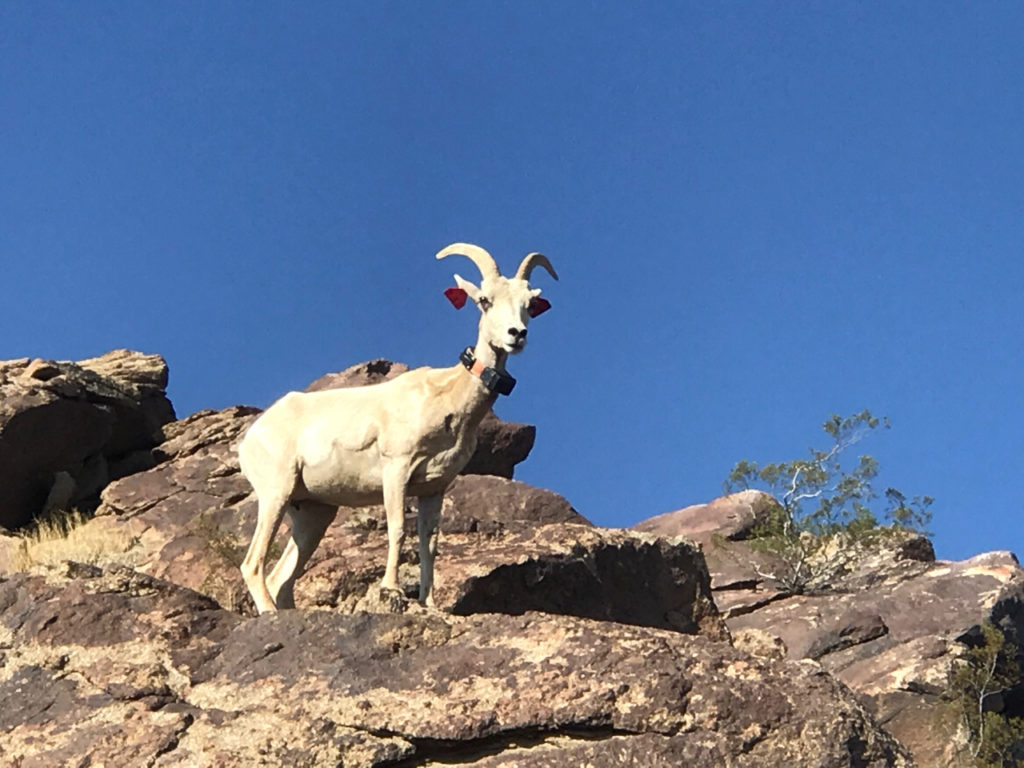
South Lykken, Palm Springs • 3.6 miles
I personally refer to this as Middle Lykken, because there’s another South Lykken trailhead at Oswit Canyon.
This is my very favorite trail in Palm Springs, because it’s both challenging but rewarding, and it’s always spectacular. Over the past few years, it’s rare to hike here and not see bighorn sheep, although you might have to keep your eyes peeled. (Other times, they walk right across the trail!)
Note: There’s no parking at the trailhead, so park on Mesquite close to Palm Canyon, near the Happy Traveler RV Park, and walk up the street until it dead-ends at the mountain.
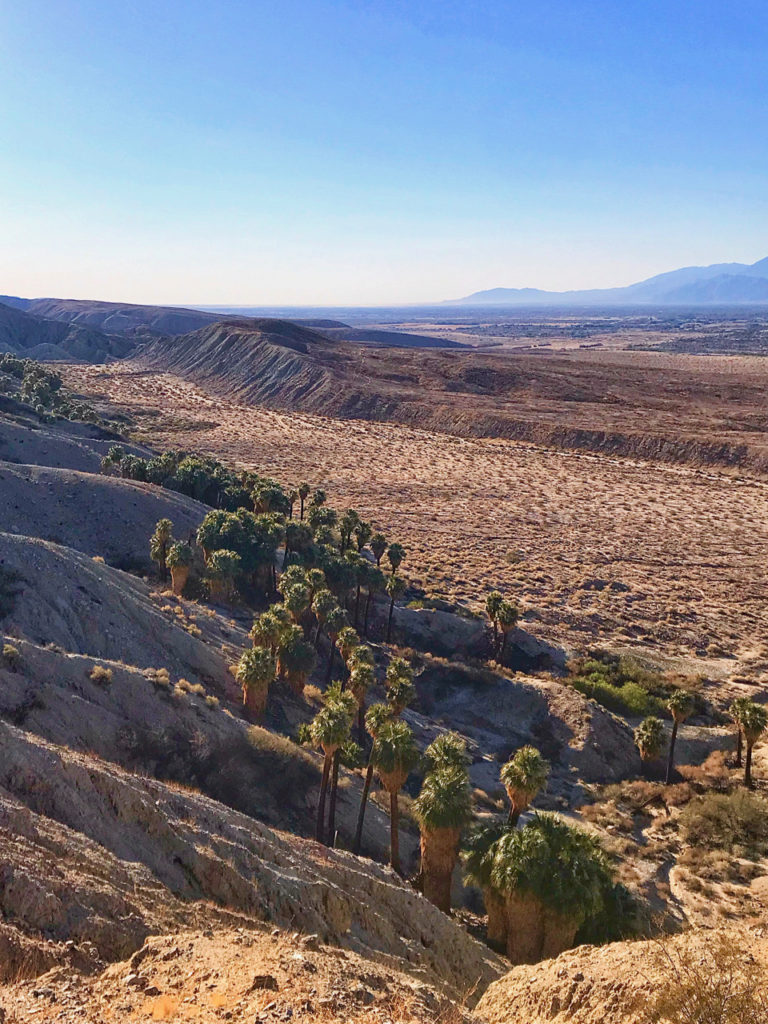
Pushawalla Palms Loop, Coachella Valley Preserve • 4.6 miles
This trail is like traveling through an actual metaphor — you have to trudge through the desert to get to an oasis.
Multiple oases, to be accurate.
Follow a slender ridge along the top of a bluff before descending to the Pushawalla Palms grove on the desert floor. This is a cool oasis with water that has been brought to the surface from the San Andreas Fault.
Along the way back, you’ll pass through another collection of full-skirted palms and see even more water. Here we had a snack, lolled in the shade from the trees, and watched a flock of Gambel’s quail skitter about — a respite from the rest of the world.

